Mine Action in Lebanon: Innovation, Learning, and Finishing the Job
By Mark Wilkinson, PhD [ DanChurchAid ]
CISR JournalThis article is brought to you by the Center for International Stabilization and Recovery (CISR) from issue 27.3 of The Journal of Conventional Weapons Destruction available on the JMU Scholarly Commons and Issuu.com.
Lebanon is a country that has been severely affected by landmines, cluster bombs, and other explosive remnants of war (ERW) through decades of war and civil war. In many cases these legacies of war remain today, intertwined with the complex geopolitics of the region. Yet Lebanon is also a country that exemplifies excellence in mine action—from strategic to operational levels.
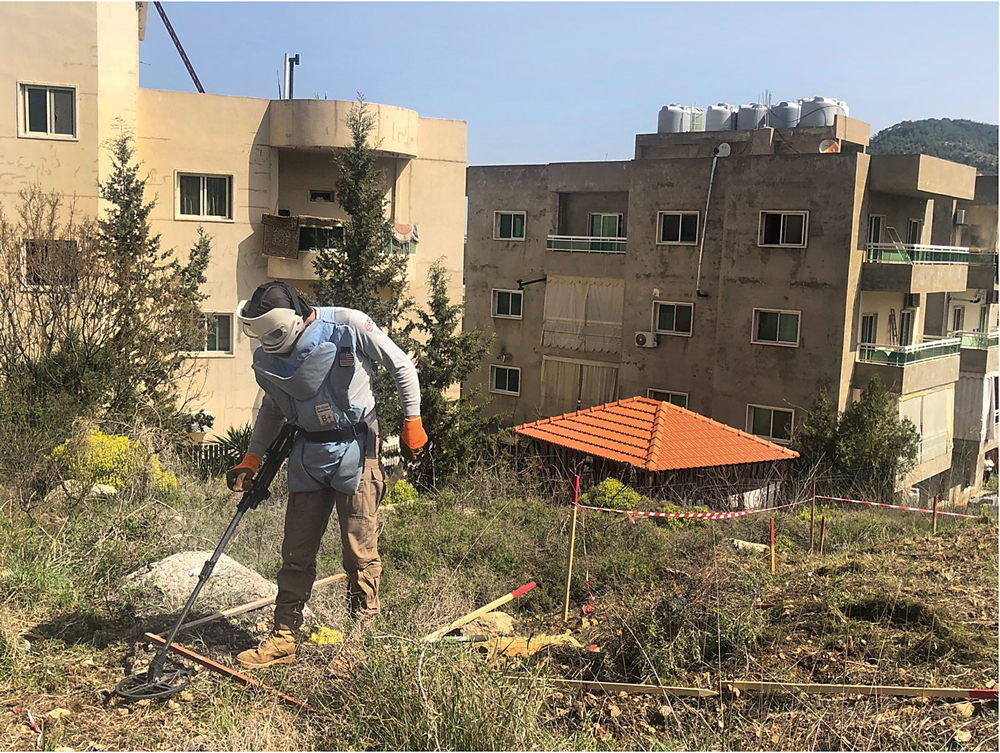
Example of the activities of a DCA clearance team in a complex urban environment. This site is contaminated with cluster munitions. Note the close proximity of housing to the contaminated area. Courtesy of DCA (Lebanon).
DanChurchAid (DCA) has conducted mine action activities in Lebanon since 2006 and the end of the conflict between Hezbollah and Israel, which caused massive destruction of infrastructure throughout the country. DCA also delivers broader humanitarian work with the Palestinian and Syrian refugee communities and the Lebanese host community. This article considers DCA’s mine action experiences in Lebanon, providing examples of how innovation in its work, delivered under the auspices of the Lebanese Mine Action Centre (LMAC), has contributed to best practice in the field. Additionally, the article examines how, despite excellent progress toward fully clearing its explosive contamination and “completing the job,” Lebanon has proven to be extremely sensitive to both internal and external challenges which threaten the ability of LMAC to achieve compliance with treaty commitments as well as complete clearance of its explosive hazards. Without sustainable funding from the international community in 2023 and beyond, continued progress is likely to be restricted with profound consequences for LMAC and the Lebanese people.
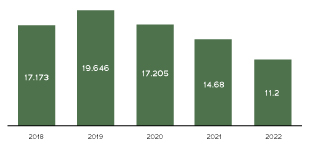
Figure 1. Funding (in millions of USD) of the LMAP from 2018 to 2022. Funding cuts from international donors in 2023 are likely to threaten the delivery of the LMAC mine action strategy as well as the timeline for completion and exit. Courtesy of LMAC.
The Lebanese National Mine Action Authority: The Foundation for Success
Mine action activities in Lebanon are conducted under the auspices of the LMAC. While LMAC was established in 2007, the National Demining Office (NDO) was opened in 1998 while the Mine Action Coordination Centre (MACC) was established in 2000 with the United Nations Mine Action Service (UNMAS) leading the operational management of mine action.1 By 2002, the Lebanese government had signed an agreement with the United Arab Emirates (UAE) to clear the former Israeli-occupied areas of South Lebanon and as a result, this expanded the MACC into a tripartite structure comprising the United Nations (UN), Lebanese Armed Forces (LAF), and the UAE. By 2009, LMAC had full strategic and operational control of mine action activities in the country. LMAC is part of the Lebanese armed forces and has overall responsibility for the management and implementation of mine action policy and strategy, including the coordination of explosive ordnance risk education (EORE) and victim assistance (VA).
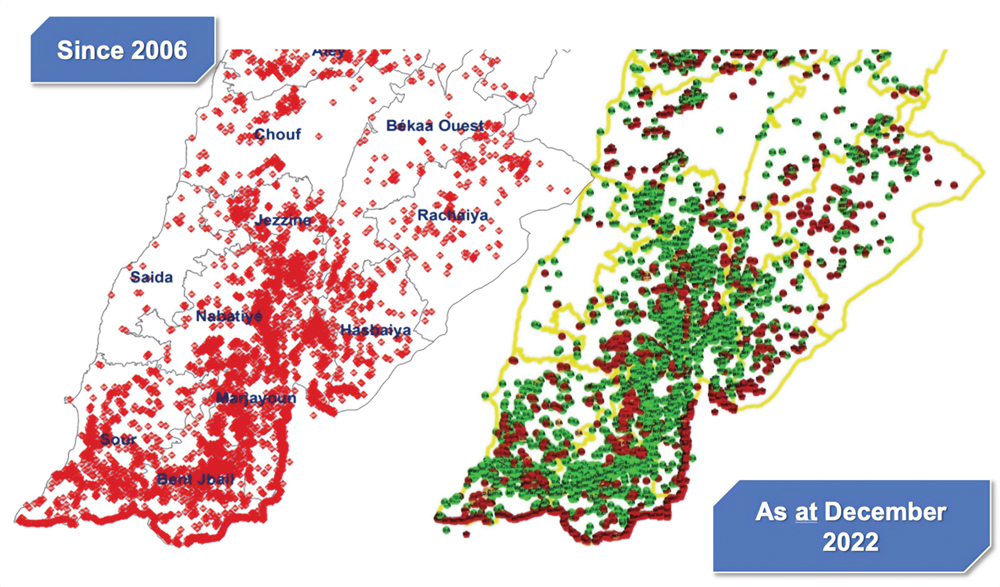
Figure 2 (Below). A comparison of explosive hazards clearance in South Lebanon in 2006 (left) and 2022 (right). Courtesy of LMAC.
While strong national ownership is a defining characteristic of mine action in Lebanon, other important factors have played a significant role in the efficiency and effectiveness of LMAC. Any interaction with LMAC reveals an organization built upon a professional and well-trained military engineering regiment, staffed with dedicated, knowledgeable, and experienced personnel. The determination of LMAC to deliver high quality, effective, and efficient mine action activities is enshrined in their mission statement “the Lebanon Mine Action Programme will, in close partnership with relevant stakeholders, continue to use best and emerging practices to ensure an efficient, effective and relevant programme.”2 The fostering of relationships with nongovernmental organizations (NGOs) delivering mine action activities is testament not only to LMAC’s commitment to its mission, but also its desire to address the full range of challenges posed by its explosive hazard contamination. LMAC represents an outstanding example of how a national mine action center can drive excellence and efficiency across the five pillars of mine action.
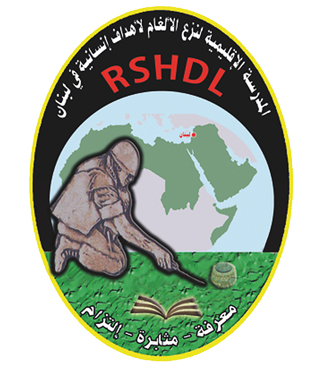
Figure 3. The RSHDL was established in 2017 in Hammana and delivers international mine action standards (IMAS) compliant training to LAF and civilian personnel. Courtesy of LMAC.
Generating National Mine Action Capacity
It would be remiss to discuss the commitment of Lebanon to its mine action program without briefly considering the Regional School for Humanitarian Demining (RSHDL), established in 2017 in Hammana. The very existence of the school recognizes the important role that LAF (and indeed other military forces) can play in demining, but it also acknowledges the specific requirements of humanitarian demining. As has been well discussed, humanitarian demining differs significantly from military demining for the following reasons:
- It aims for complete mine clearance to make an area safe for civilians;
- It does not accept deminer casualties as an operational reality and therefore must adhere to strict safety standards at all times;
- It must have a distinctly humanitarian, that is, non-military purpose.3
Through the RSHDL, LMAC not only generates high-quality capacity for conducting mine action activities across Lebanon, it also plays a role as a regional actor and center of excellence where it can use the experience and knowledge of its staff to share best practice internationally.
Innovation and Excellence in Implementation of Mine Action Activities
The following sections will examine elements of DCA mine action activities in Lebanon, linking strategic and operational aims and objectives to specific activities that have demonstrated innovation and learning.
Localization
DCA operates within an LMAC strategy that is designed to drive efficiency. A key element of this is the use of local actors to deliver operations. For DCA, this also aligns with its own global strategy where the promotion of locally led solutions to a range of humanitarian concerns via partnerships with local civil society actors is a defined objective. Within the Lebanese context, this sits comfortably, and is indeed facilitated with the commitment of LMAC to partnerships.
DCA has actively pursued a localization agenda in its mine action activities in Lebanon and other countries. Its commitment to Lebanese partners is balanced via “a healthy mix of larger, established NGOs, small NGOs with a specific geographical or programmatical reach and NGO ‘start-ups’ who are supported by DCA to establish their structure and systems in a way that allows them to operate independently within the legal context of Lebanon.”4 Through shared understanding of partnership, including joint values, DCA is able to develop sustainable national capacity across its Lebanese mine action program while achieving compliance with and being supported by the LMAC strategy.
The DCA Lebanon country strategy is committed to working with national and local partners, supported by the four pillars of localization: ownership, empowerment, collaboration, and sustainability.5 In the realm of mine action, all DCA operational teams—including those in technical management roles—are now Lebanese, a culmination of over fifteen years of collaboration with local partners to build and develop essential capacity. This allows mine action operations to be delivered in the most cost-effective and efficient manner for international donors, while simultaneously promoting national ownership and developing national capacity.

Mine Action as an Enabler of Broader Development
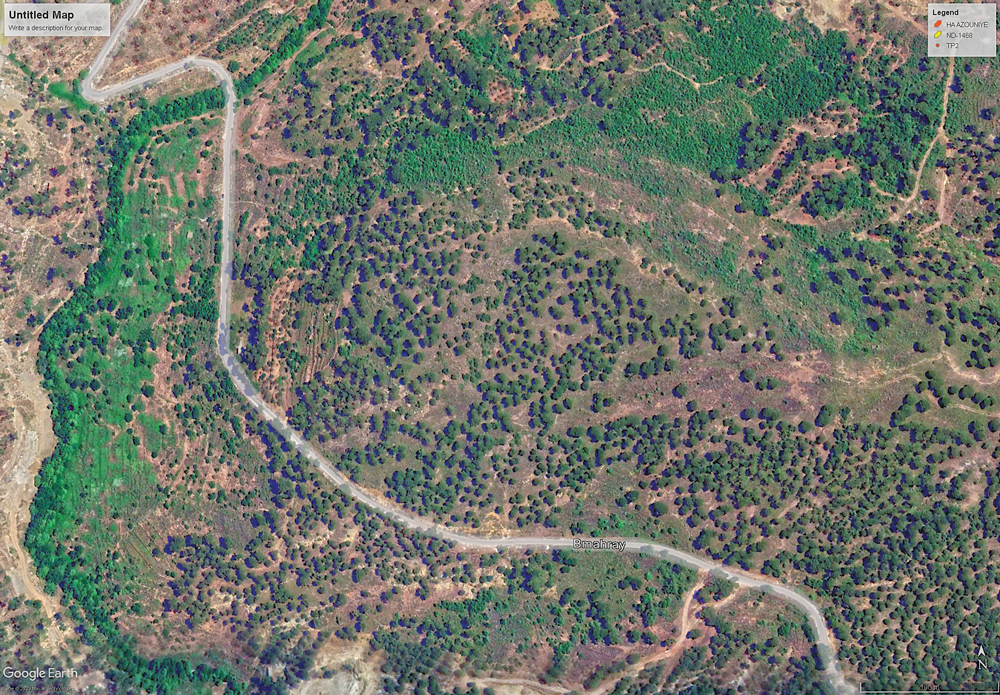
DCA has begun to develop innovative approaches in response to the reduction in available funding for clearance activities in Lebanon. As in other countries, recognition of mine action as an enabler of broader humanitarian activities in Lebanon has seen the linking of clearance outputs to broader agricultural development activities with affected communities.
One current project aims to empower marginalized and vulnerable communities in South and Mount Lebanon by supporting the agricultural sector. The use of DCA teams to conduct clearance facilitates the release of land which is linked to follow-on agricultural restoration activity. This encourages the adoption of sustainable agroecological approaches to agriculture, improving the livelihoods of farmers and growers while also promoting social cohesion and positive environmental impact. DCA has focused on three major activities as part of this project: the restoration of agricultural lands and the agriculture system; rebuilding farmers’ livelihoods, including access to local markets; and building the capacity of local and national authorities while linking operational-level mine action activities to sustainable development.
The project is ambitious, aiming to gather practical evidence that illustrates how mine action activities can directly bolster food security and elevate the local agricultural sector, such as by enhancing employment opportunities and incomes. It may also offer a more detailed understanding of the relationship between mine action and its wider impact in restoring local environments and livelihoods, supporting peacebuilding, as well as facilitating recovery and development.

Reducing Environmental Impact
DCA activities in Lebanon have recently focused on reducing the environmental impact of its mine action activities at both strategic and operational levels. An assessment of operational activities evaluated how DCA teams deploy to clearance sites, sustain themselves while on those sites, conduct clearance, and destroy explosive items. Assessment results are currently being analyzed but will be used to drive the development of mitigation measures. Additionally, DCA is creating a self-assessment toolkit that will be used by their global mine action programs in an effort to better understand and mitigate the environmental consequences of mine action activities.

At a strategic level, the DCA country management team has actively implemented energy efficiency measures. The use of solar panels to provide domestic electricity supplies to office buildings is one example of how genuine efforts are being made to reduce the environmental footprint of the impact of management activities in Lebanon. Where possible, “green” alternatives are considered, limiting the impact of DCA operations on the environment.
Clearance in Difficult Environments
The recent Geneva International Centre for Humanitarian Demining (GICHD) paper on clearance conducted in difficult terrain contains a section titled “high elevation, steep slopes and cliffs.”7 The document describes how “work in areas of high elevation, on slopes and on mountains … is a challenge in Lebanon, impeding access to some of the remaining sites of cluster munition strikes and thus hindering the country’s progress towards meeting its clearance obligations under the Convention on Cluster Munitions. In some parts of Lebanon, cluster munitions have been found in areas that are accessible only by using mountain climbing techniques and equipment, requiring operators to invest in specialist training and equipment.”8
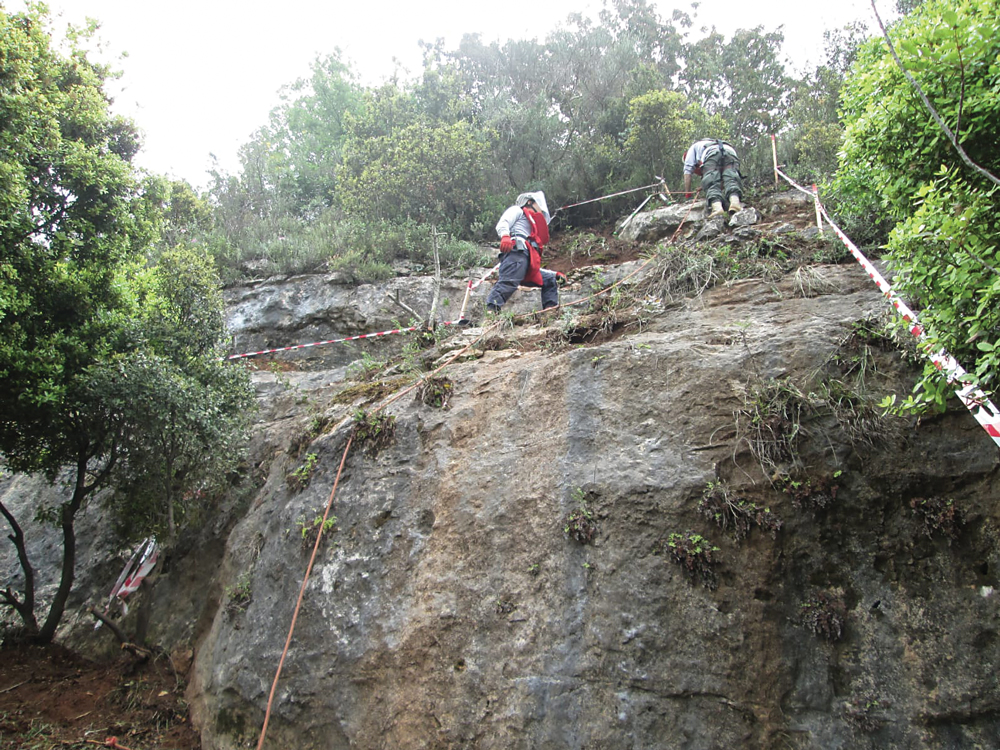
The work of DCA teams in the Mount Lebanon area provided valuable learning relating to clearance in mountainous environments in support of this paper. In partnership with LMAC, methods were developed to allow clearance personnel to utilize rope access techniques, allowing for the clearance of cliffs and other steep areas of contaminated land. These methods were both cost-effective and safe for conducting clearance as well as quality control/quality assurance activities in environments that could easily have been considered too complex and dangerous to operate in.
Impact Assessment and Community Liaison
DCA teams have utilized pre- and post-clearance impact assessment toolsets that are applied to all clearance tasks in Lebanon. Through the collection of data from residents in clearance task areas, a detailed understanding of the type and extent of contamination, as well as the way land was previously used, is obtained. This not only helps to prioritize the work effort, but also ensures that the hopes and aspirations of local people is met through the types of clearance activities delivered. The LMAC task prioritization system is also responsive to this data, ensuring that clearance assets are allocated to the areas of most need, as well as aligned with the donor requirements of the organizations conducting clearance.
Clearance in Complex Urban Environments
One characteristic of the clearance environment in Lebanon is the abundance of urban sites contaminated with cluster munitions. It has been widely reported that following the 2006 war, residential areas were heavily contaminated in the fighting, and the legacy of unexploded cluster bombs remains to this day.9 The clearance of these urban areas routinely sees DCA clearance teams working in close proximity to local populations in residential areas. This has required the development of stringent safety protocols to ensure that the risk to local people is kept as low as possible. The role of LMAC in facilitating liaison with communities, as well as supporting timely explosive disposal of located items, has been a key element in the safety record of these clearance tasks. It is not uncommon for construction of new residential housing projects to commence immediately on completion of these types of clearance tasks reflecting both the importance of their completion for the safety of the local communities as well as their support to broader development such as housing projects.
Completing the Task: Challenges and Progress
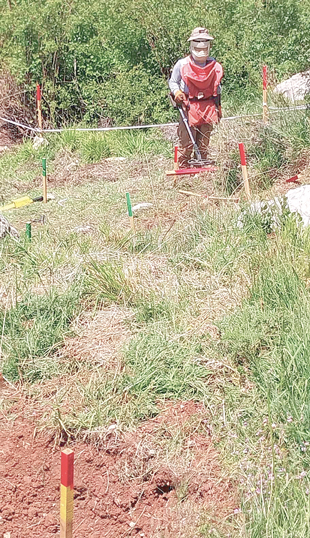
Lebanon is currently suffering from what has been described as “one of the worst economic crises in modern times.” Nearly 80 percent of the population lives beneath the poverty line and electricity blackouts can last up to twenty-two hours per day.10 Border tensions with Israel continue to escalate and the possibility of increasingly serious military conflict is growing.11 The current downward trend in the global funding of mine action is also a serious threat to the ability of Lebanon to meet its treaty commitments as well as to continue routine clearance activities (see chart on page 31).12
The practical realities of this situation are profound. Of significant concern is the increase in casualties due to landmines and cluster munitions. This trend arises from economic hardship, which encourages high-risk behaviors. For instance, people often resort to collecting scrap metal to supplement their diminishing incomes.13,14 A lack of food security as well as the need for alternative means of heating and cooking has also led people to enter and utilize areas of land known to be contaminated with explosive hazards.
For the international community, the current situation demands careful attention. Lebanon is clearly demonstrating that conflict-affected states with explosive contamination and clearance needs remain susceptible to external influences, regardless of the progress made toward achieving complete clearance of explosive hazards. The short-term nature of mine action funding cycles by international donors does not allow for the longer-term, sustained planning of complete clearance, regardless of the effectiveness and efficiency of the National Mine Action Centre (NMAC). Where a state is unable to fully fund its own clearance needs, Lebanon provides a graphic example of how progress made toward treaty compliance and completed clearance is severely impacted. It also provides a sobering illustration of how that stalling progress leads to increased victims of landmines, cluster munitions, and other explosive ordnance.
The Legacy
Lebanon provides numerous textbook examples of excellence in mine action for the international community. Moreover, it presents a tangible opportunity for the complete clearance of landmines, cluster munitions, and other explosive hazards within a relatively short timeframe. However, to achieve this, Lebanon requires continued funding from the international community. To complete clearance in Lebanon would not only rid the Lebanese people of the fear of explosive hazards, it would also offer hope to other countries that achieving the end state and goal of completed clearance is possible. The lessons learned by DCA, as well as LMAC, provide the opportunity for a “start to finish” assessment of “how to do” mine action. This could prove an invaluable legacy from a completed mine action program.
 Mark Wilkinson, PhD, is the Chief Technical Advisor for DCA. He has over twenty years of professional experience in the military and humanitarian mine action (HMA). As a former British Army Ammunition Technical Officer, he worked as a High Threat IEDD Operator in multiple operational environments before transitioning to HMA. In his previous post as the Chief of Operations for United Nations Mine Action Service in Iraq, he gained extensive experience in developing localization projects for HMA. Dr. Wilkinson has an active research agenda focused around IED clearance in HMA environments as well as localization in HMA.
Mark Wilkinson, PhD, is the Chief Technical Advisor for DCA. He has over twenty years of professional experience in the military and humanitarian mine action (HMA). As a former British Army Ammunition Technical Officer, he worked as a High Threat IEDD Operator in multiple operational environments before transitioning to HMA. In his previous post as the Chief of Operations for United Nations Mine Action Service in Iraq, he gained extensive experience in developing localization projects for HMA. Dr. Wilkinson has an active research agenda focused around IED clearance in HMA environments as well as localization in HMA.
| Stay updated | |||

